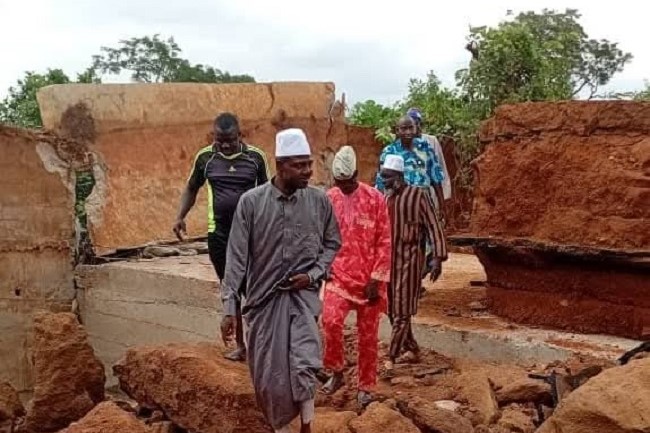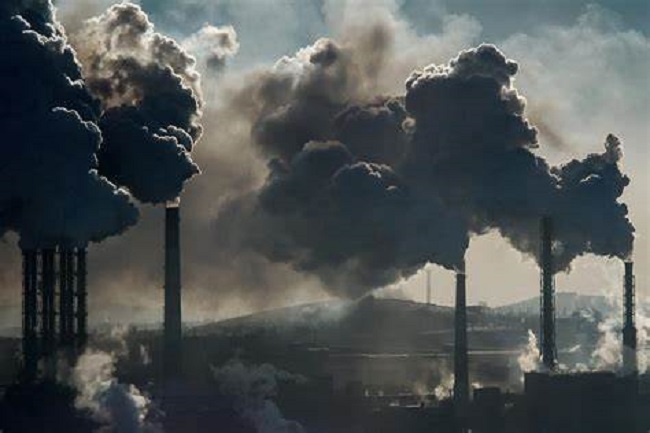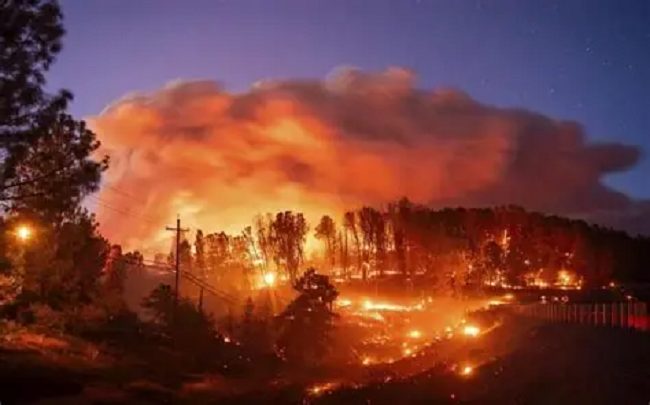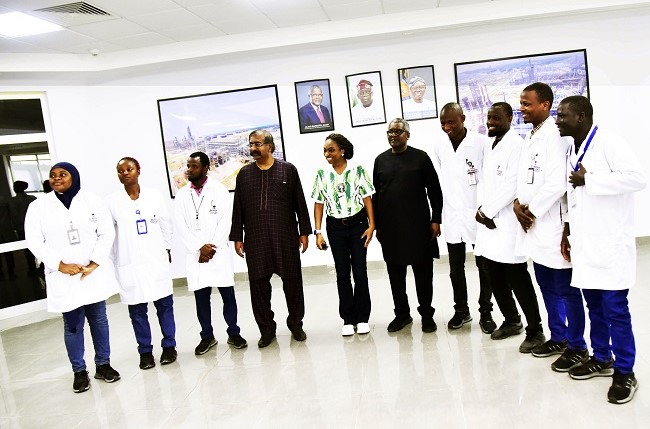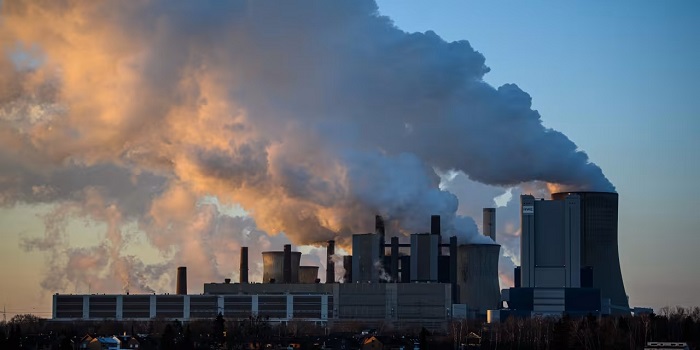Following the powerful earthquake originating off the coast of Russia, UNESCO’s early warning systems triggered a tsunami alert within just 10 minutes. Thanks to this global monitoring system which UNESCO has been deploying for more than 20 years, as well as the organisation’s efforts to raise awareness among coastal populations and lead research in ocean science, millions of people were warned ahead of the coming danger.
On the night of July 29-30, 2025, an 8.8-magnitude undersea earthquake struck off the coast of the Kamchatka Peninsula in Russia. This exceptionally powerful earthquake was the strongest recorded since the Tōhoku earthquake in Japan in 2011, and one of the ten strongest since 1900.
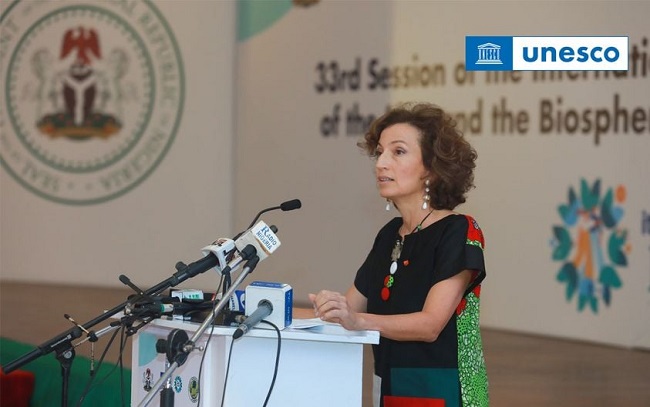
Just 10 minutes after the earthquake, the Pacific Tsunami Warning System, coordinated by UNESCO, issued an initial warning covering the areas most at risk, particularly the Russian and Japanese coasts. This warning was then relayed by national centres and enabled the immediate implementation of evacuation plans in several countries.
Within 20 minutes of the earthquake, this system provided detailed forecasts of expected flood heights, and the alert was then extended to other countries bordering the Pacific Ocean. Many of these countries, including China, Indonesia, Mexico, the Philippines, Peru, the United States and New Zealand, then issued national alerts or carried out preventive evacuations.
“This timely alert once again demonstrates the crucial role of international scientific cooperation in the face of natural hazards. UNESCO oversees the global tsunami warning system, puts ocean science to work to protect millions of lives, and helps communities prepare for this risk,” said Audrey Azoulay, Director-General of UNESCO.
In response to the potential damage caused by the tsunami, the Director-General has pledged UNESCO’s support to coastal communities, particularly in preserving and restoring their natural and cultural heritage.
A responsive system that saves lives
Established after the 2004 Indian Ocean tsunami which claimed more than 220,000 lives, the global tsunami warning system coordinated by UNESCO relies on a dense network of sensors, tide gauges, and regional warning centres. This system is based on an alert chain combining scientific expertise, international coordination, and the rapid response capacity of local authorities. It enables the smooth and efficient flow of information: from analysis centers to governments, then from authorities to exposed populations.
This system now covers the Pacific, Indian, Caribbean, Northeast Atlantic, and Mediterranean ocean basins.
Alerting, while also preparing and understanding
Beyond alerting communities when tsunamis occur, UNESCO is working to strengthen the resilience of coastal populations through several key initiatives. UNESCO’s Tsunami Ready programme, implemented in 43 countries, trains coastal communities in tsunami risk prevention through evacuation plans, information campaigns, and local warning systems. Full-scale evacuation drills are regularly organised to test the effectiveness of warning systems and raise awareness among populations.
The organisation also actively supports scientific research in this field to better understand how tsunamis occur, move and impact coastal areas. Risk modelling, ocean observation and seabed mapping thus enable better management of these ocean disasters.

